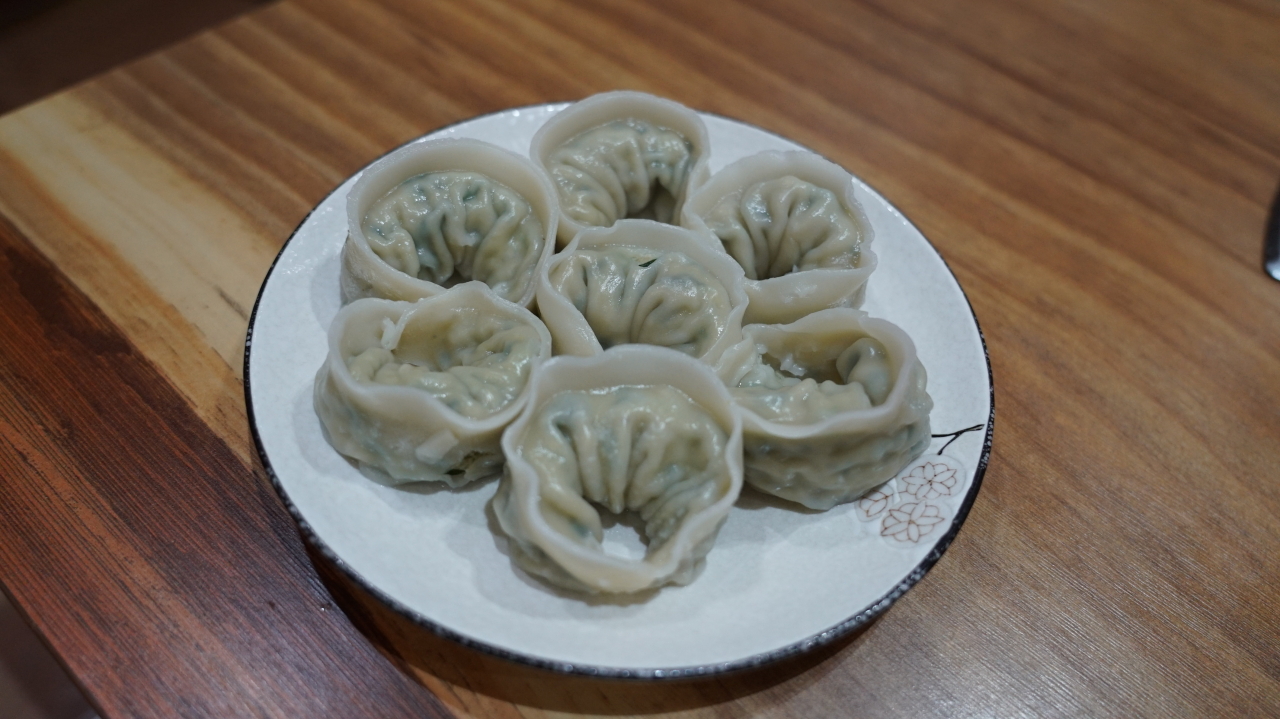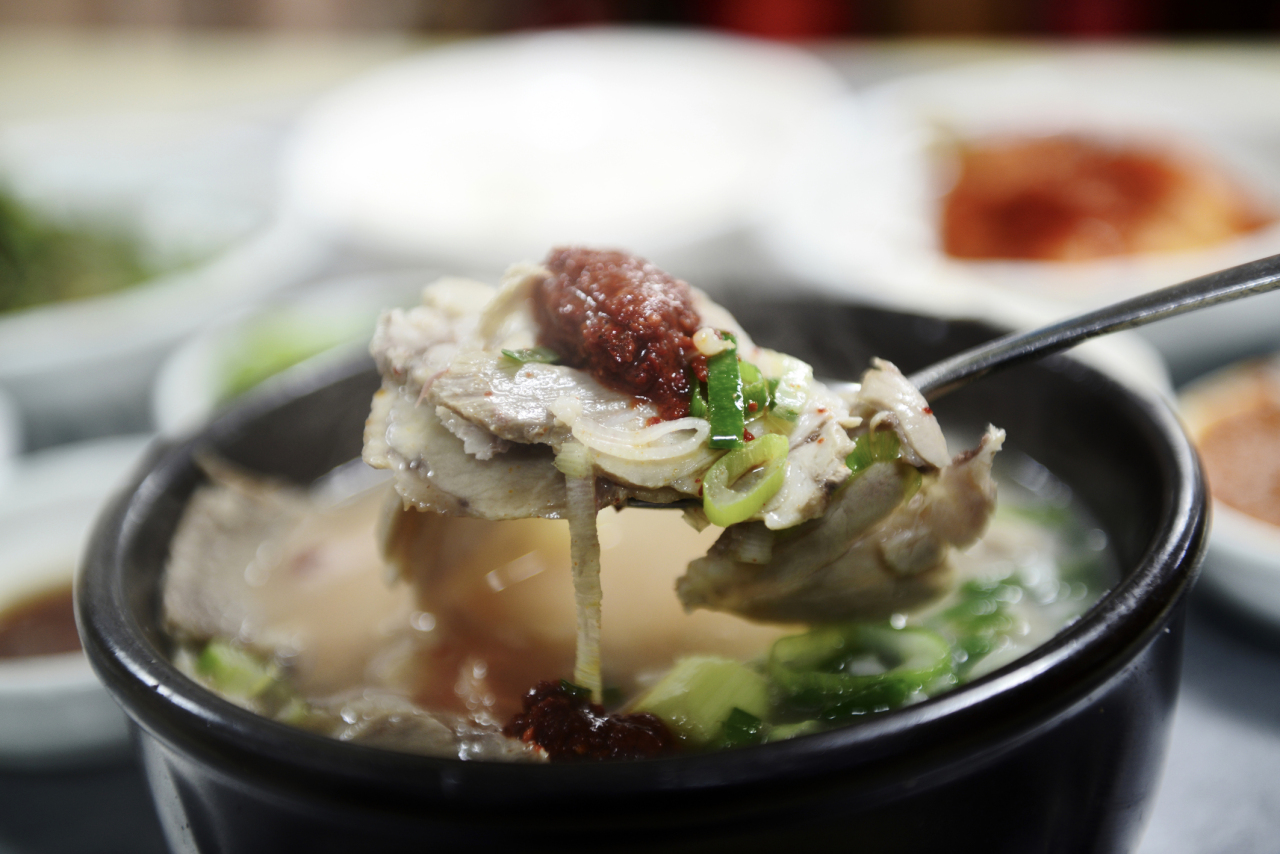SEOUL/BUSAN -- From fresh seafood to street snacks, Busan is a city of many delectable delights.
That’s why it was chosen as the top travel destination for foodies in a 2017 survey by the Korea Tourism Organization.
Busan’s culinary heritage was shaped by the Korean War, during which the city -- serving as the country’s provincial capital -- saw a massive influx of war refugees. Some of its most iconic delicacies were adaptations of dishes from other regions -- mainly North Korea -- by the homesick refugees.
Milmyeon
In summer, when many Koreans flock to eat cold buckwheat noodles naengmyeon, those in Busan enjoy milmyeon, made with flour.
 |
Milmyeon (Korea Tourism Organization) |
The noodles were created during the 1950-53 war. Jeong Han-geum, who ran a naengmyeon restaurant in South Hamgyeong Province, present-day North Korea, fled to the south during the war and opened Nae Ho Naengmyeon.
But the food shortage forced her to be creative, and she started using flour -- in abundance due to the support of the US military -- instead. The eatery is still going strong in Busan, with the fourth-generation owner taking over last year.
While it was derived from North Korean naengmyeon, the dish is seasoned much more strongly. This, coupled with using flour for the noodles, lends it a unique flavor.
Pheasant dumplings
The old Korean saying “Use the chicken if you don’t have the pheasant” shows the clear preferences of traditional Korean dishes for pheasant meat rather than chicken.
 |
Pheasant dumpling (Yoon Min-sik/The Korea Herald) |
North Korea’s Hwanghae Province is famous for dumplings with pheasant, which is also used for traditional Korean dumpling soup. Those from the region who relocated to Busan during the war have made pheasant dishes accessible in the port city.
Sae Deul Won, a restaurant in Eomgung-dong, western Busan, specializes in dishes using pheasant and rabbit meat. Pheasant -- which tastes like chicken, but with less fat -- is available in various types of stews, dumplings, Korean-style hot pot jeongol and even in the form of seasoned raw meat, or yukhoe.
Dwaeji gukbap
There are several theories about this hearty bowl of pork soup with rice. The most convincing story is that it was created and sold by North Koreans who fled south and settled in Busan during the war.
 |
Pork and rice soup, or dwaeji-gukbap (Korea Tourism Organization) |
During the postwar rebuilding period, this dish with boiling hot milky white broth was soul food for laborers, as it was inexpensive and could be served fast and eaten quickly with minimal side dishes, often just kimchi.
Dwaeji gukbap is now one of the representative dishes of Busan, and definitely a must-try while in the city as it is hard to find elsewhere.
Ssangdungi (Twins) Dwaeji Gukbap in Daeyeon-dong is one of the most famous restaurants, but there are many other places that serve a decent bowl of dwaeji gukbap. There is a special alley for this dish near Haeundae Beach.
By Yoon Min-sik & Lee Sun-young
(
minsikyoon@heraldcorp.com) (
milaya@heraldcorp.com)










